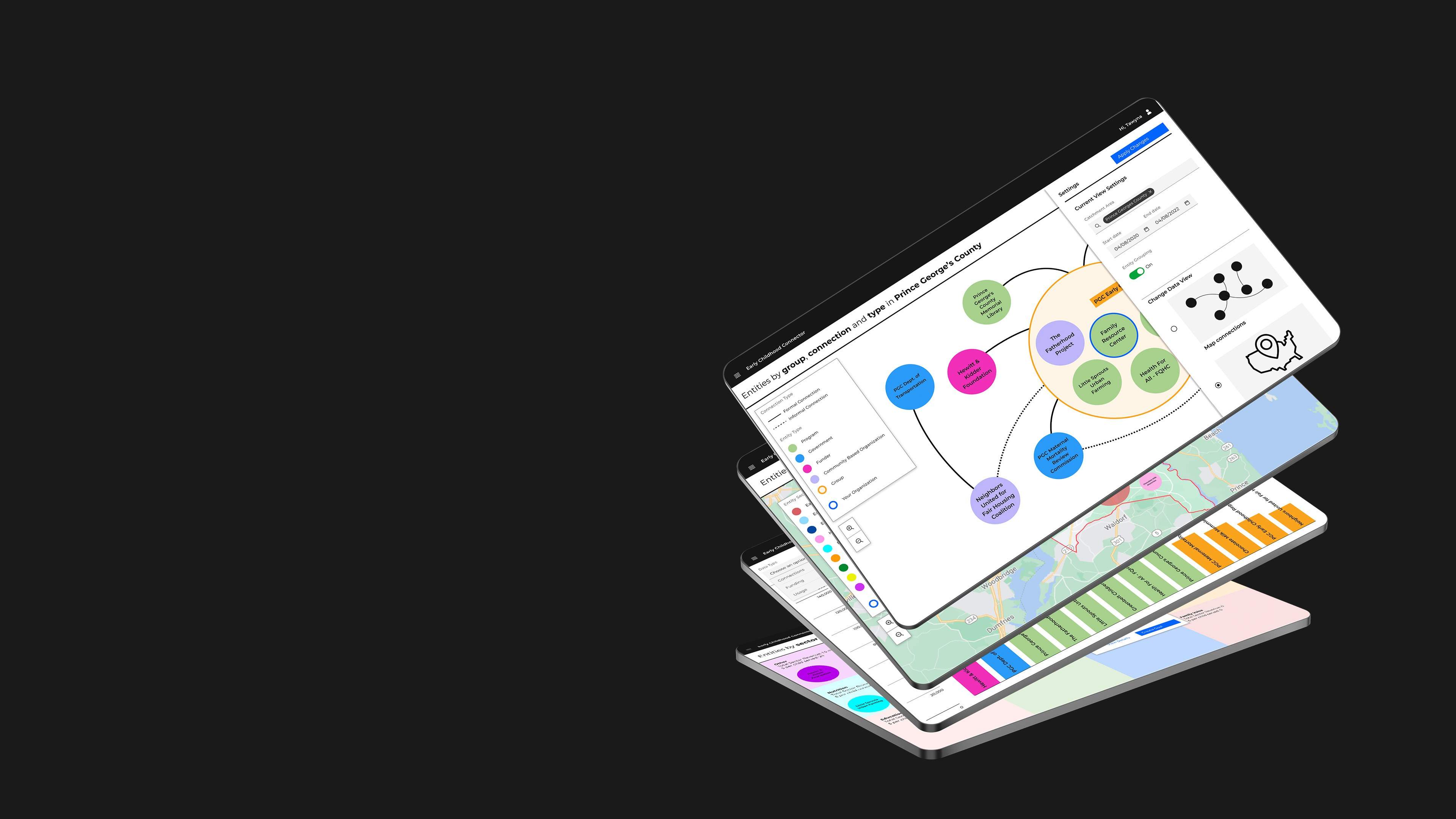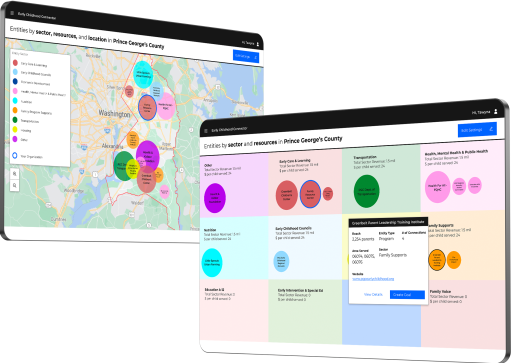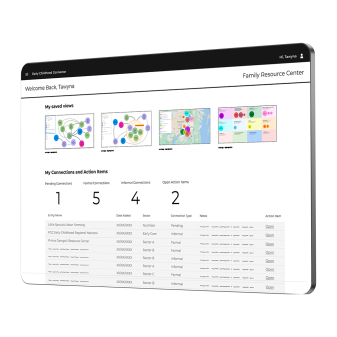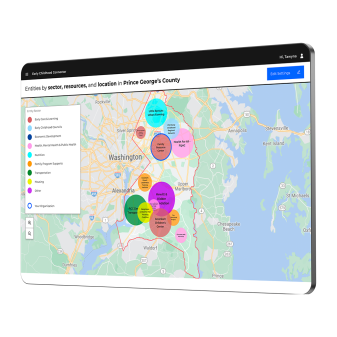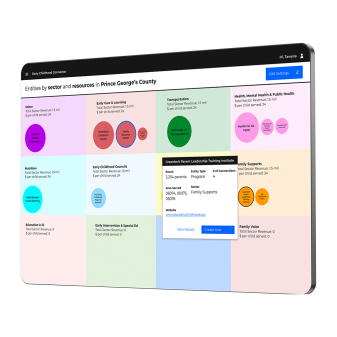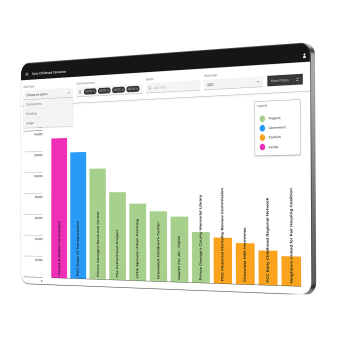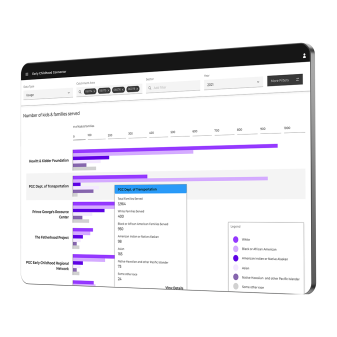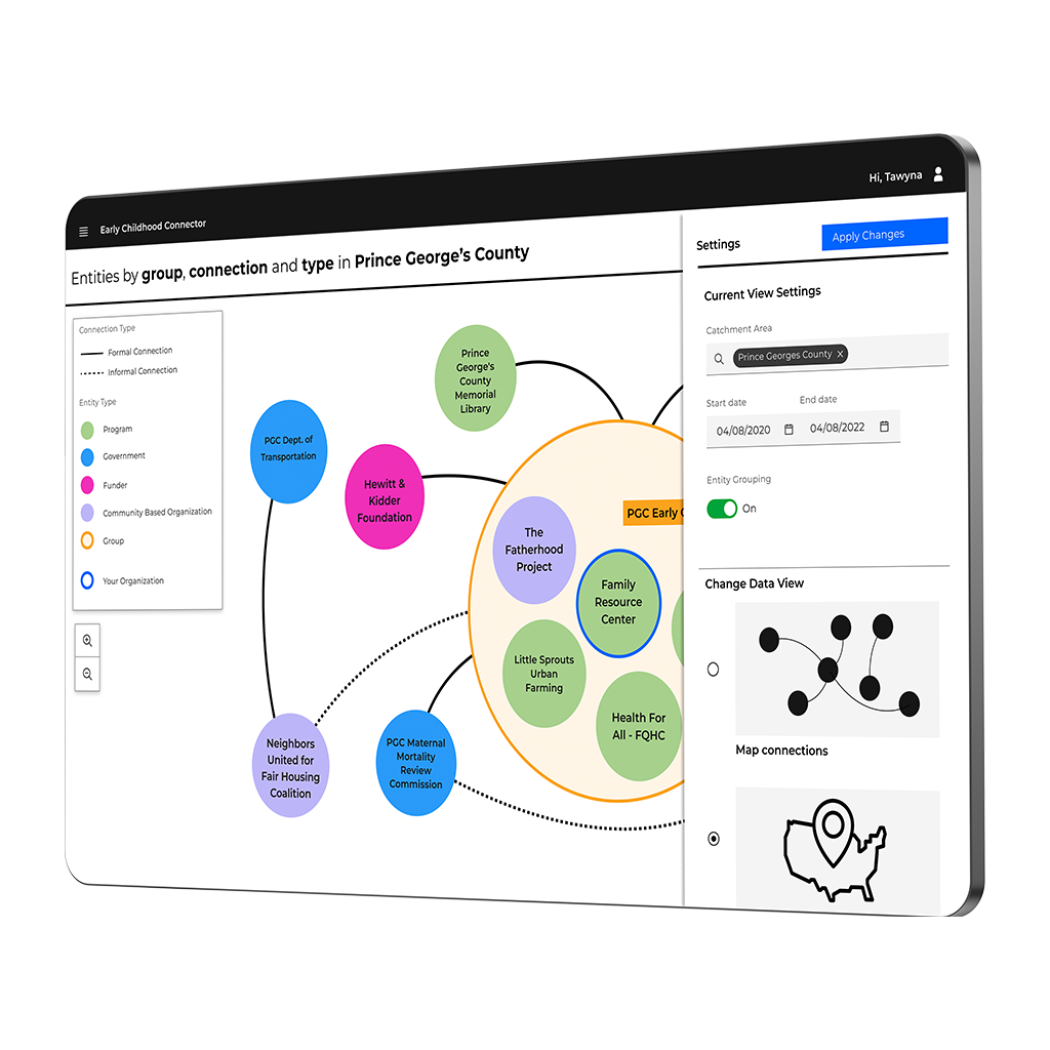For nearly 40 years, our client has been a champion for quality early learning and care, focused on closing the opportunity gap for our nation’s youngest learners. The organization had initially launched a platform intended to be the single online destination for early childhood systems leaders to connect, collaborate, and exchange knowledge.
When they first approached us, they wanted a partner to help them more clearly define what a minimum viable product (MVP) should look like based on their target personas, user needs, and feature sets. Once they had clarity on what the MVP should include, they planned to bring it to market.
Their team decided to work with TXI in part because we suggested a slightly different approach. Because they had well-defined personas, rather than focusing on generating more of them, we helped bring focus to the jobs those personas needed to accomplish.
We explained how our product innovation approach would guide us in gathering and analyzing user input, then using it to define the necessary components of an MVP.
